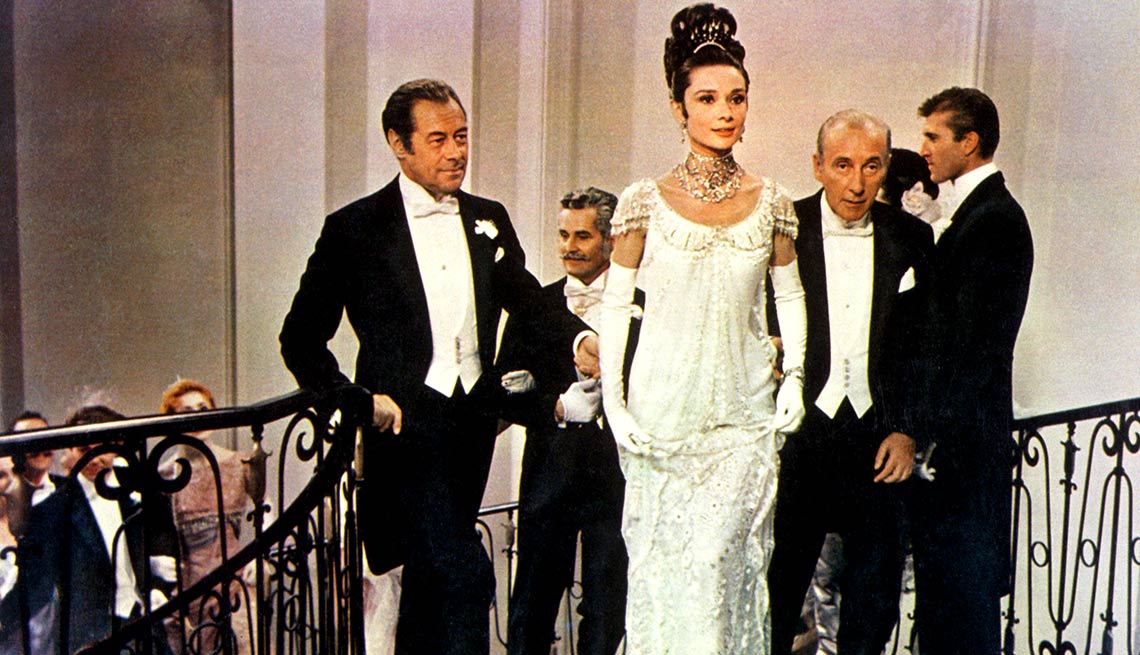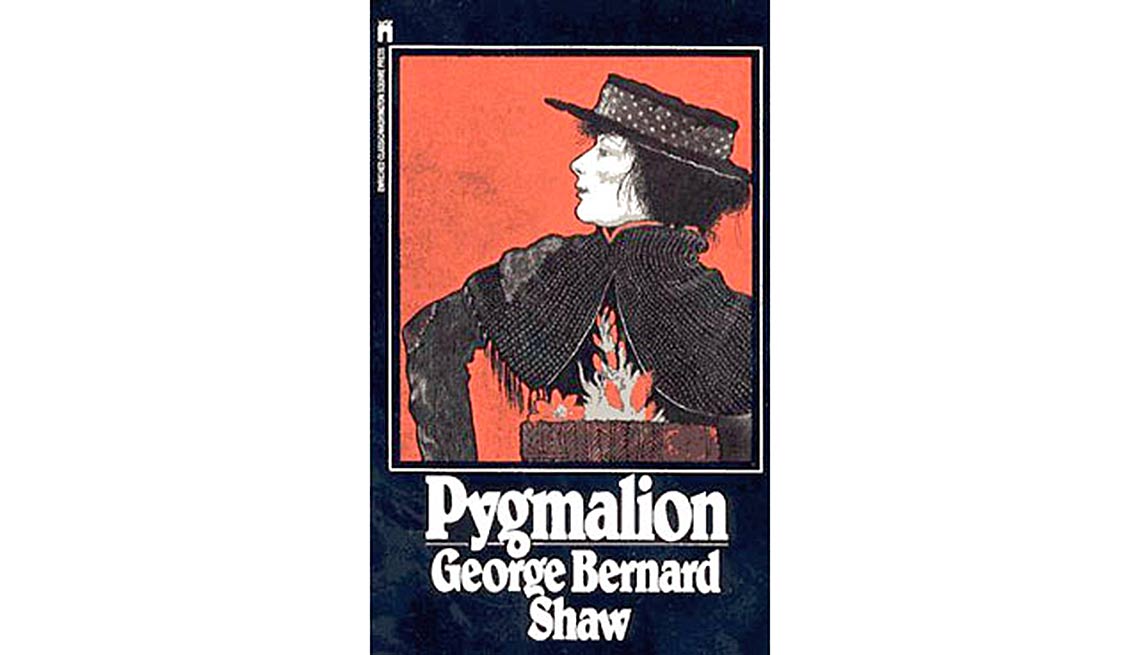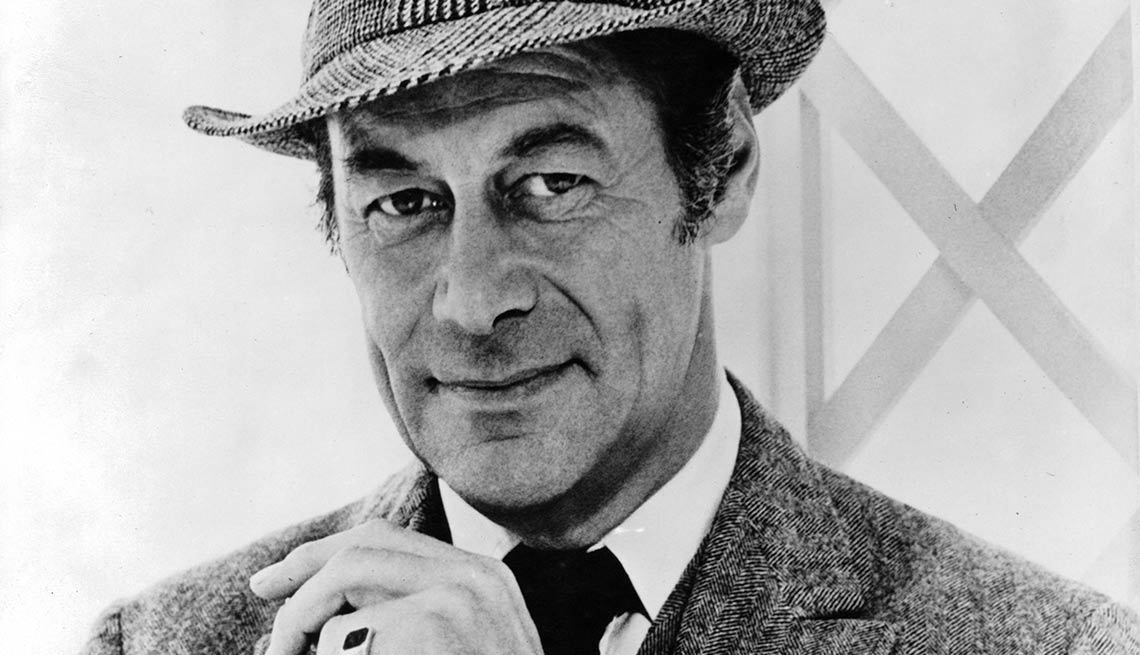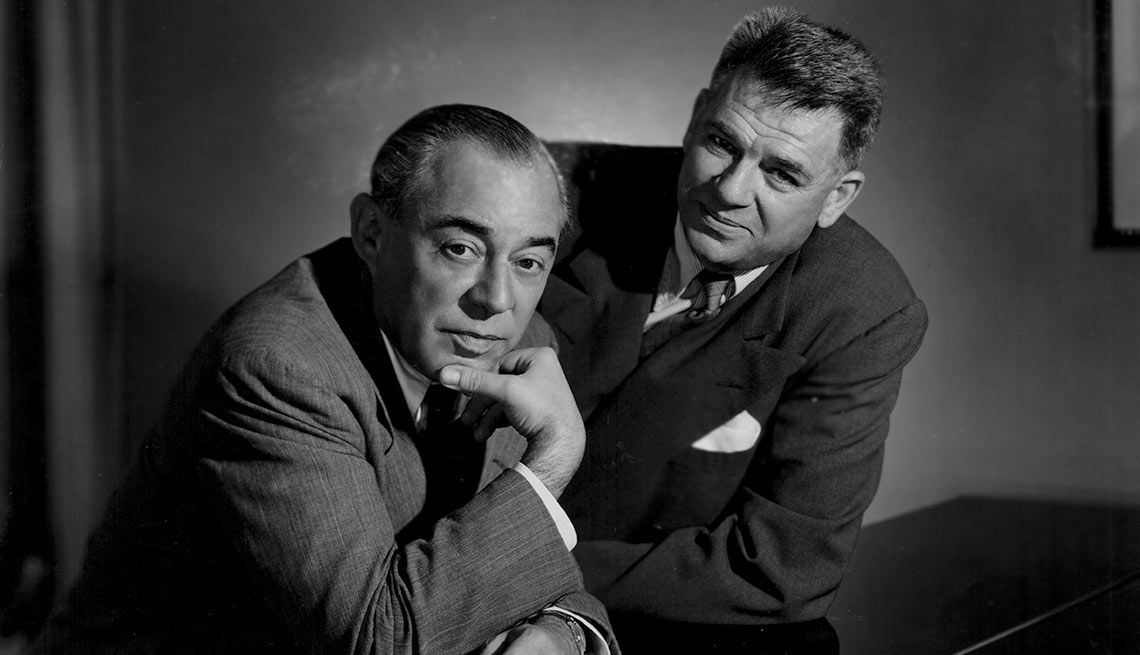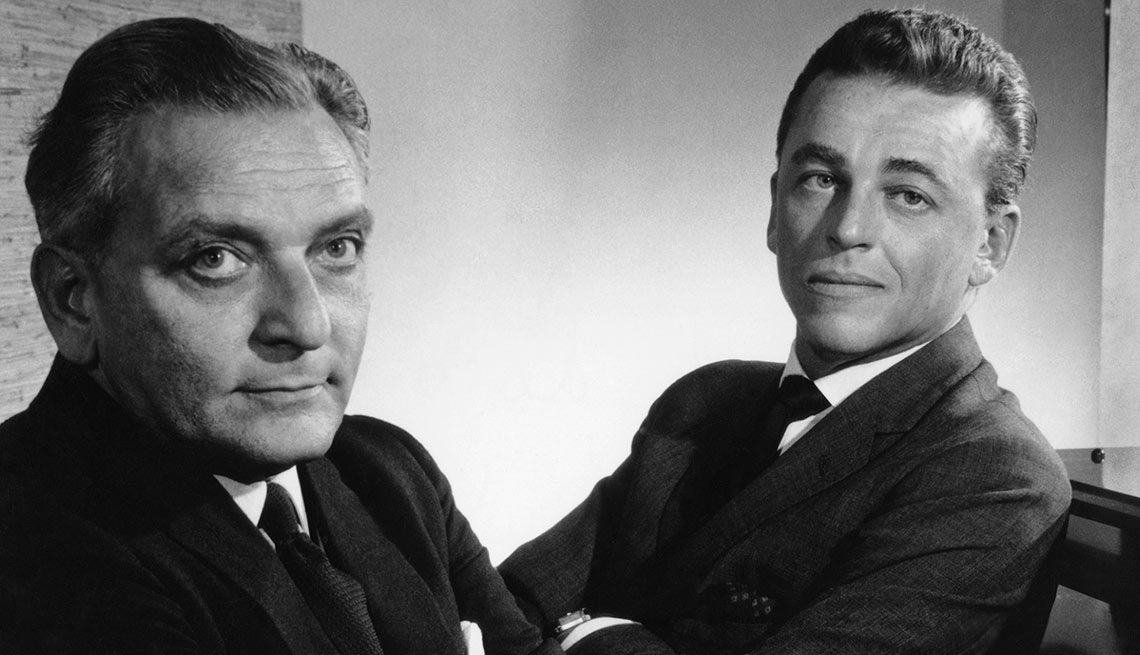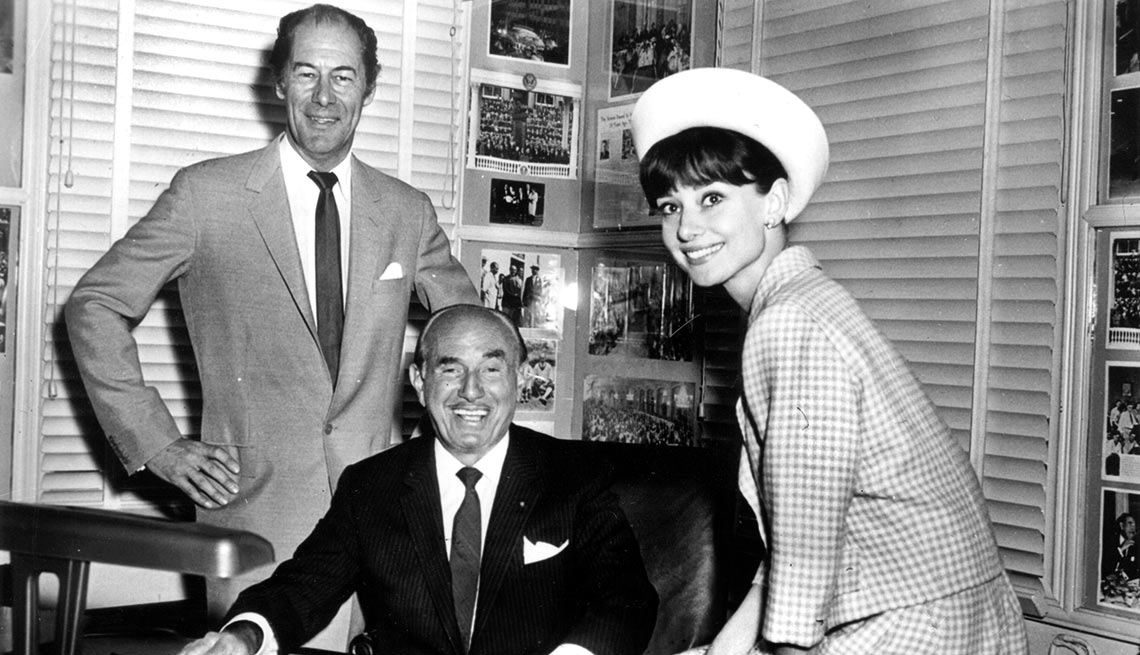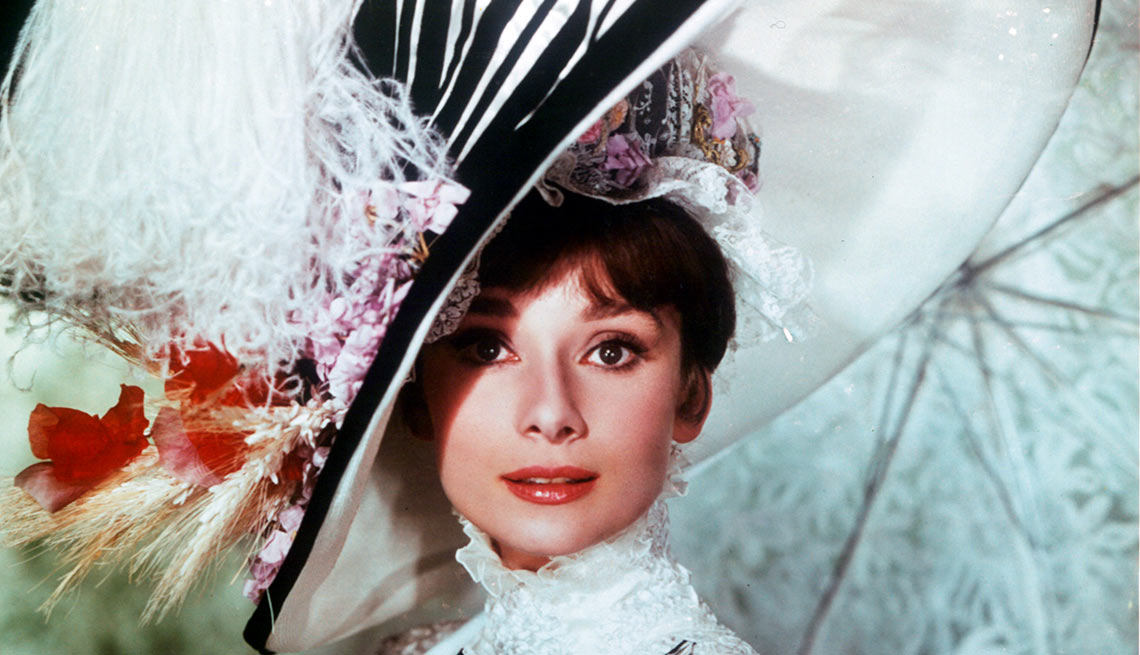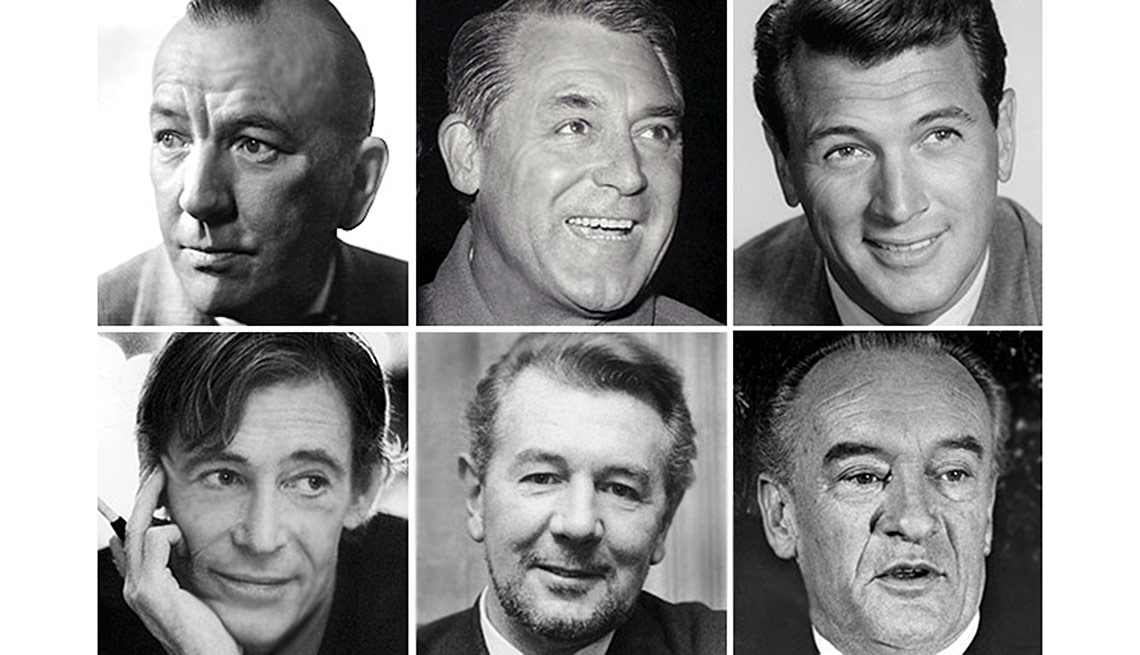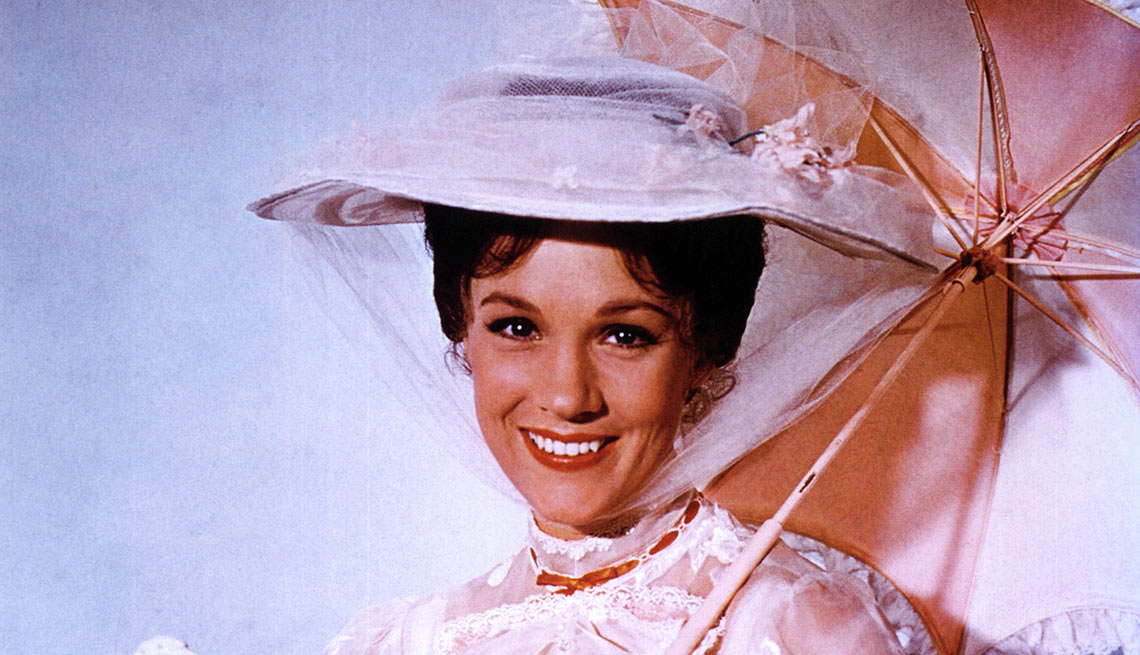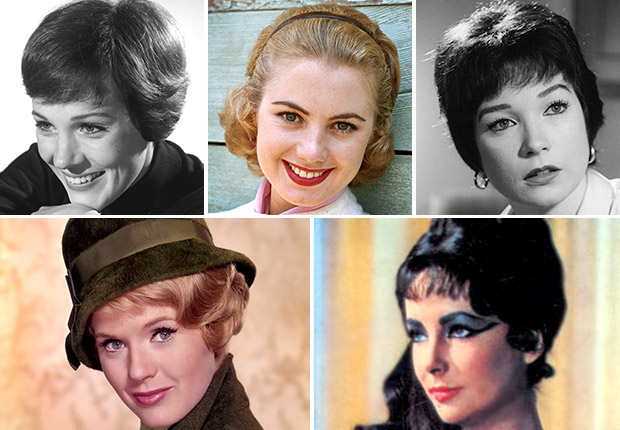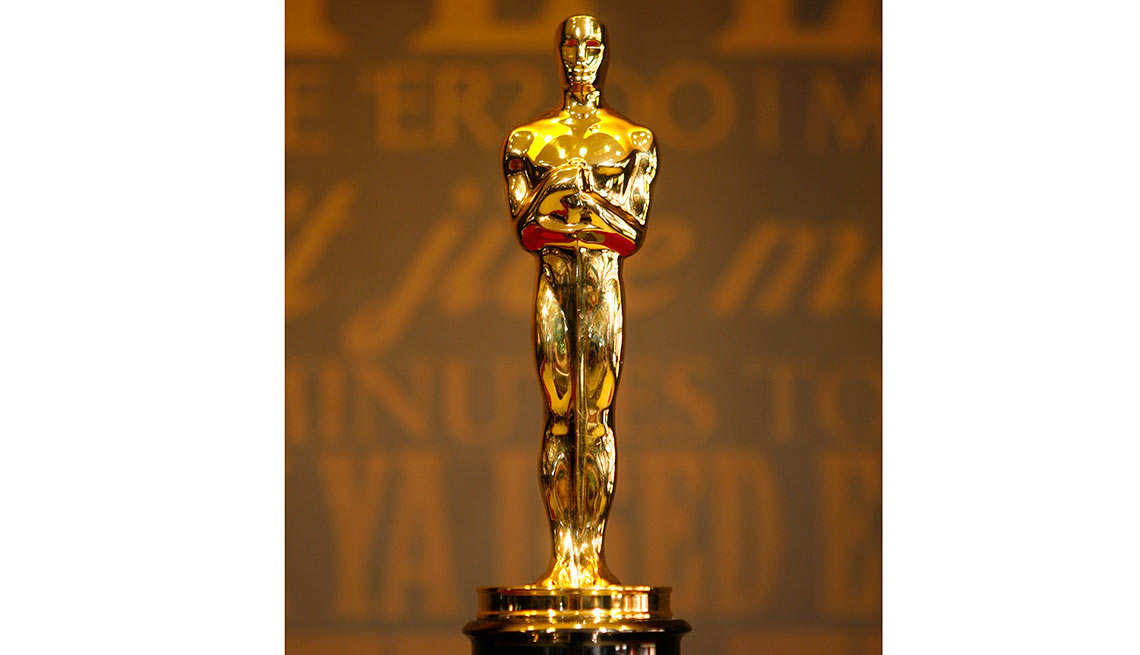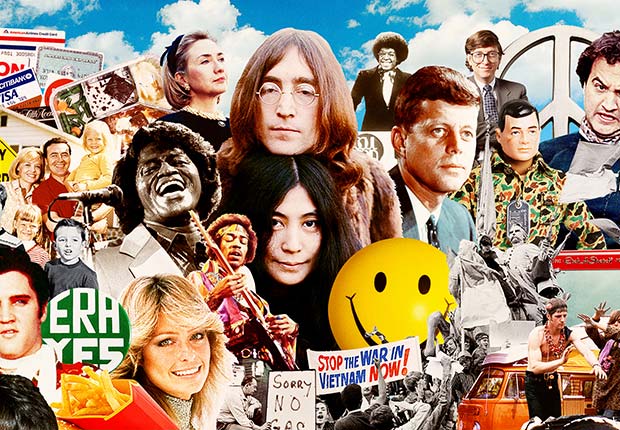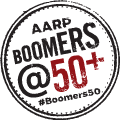50 Years Later, 'My Fair Lady' Is Full of Surprises
11 fascinating facts about the famous musical "My Fair Lady"
by Bill Hogan
-
Alamy
Happy Birthday, ‘My Fair Lady’
A critic for the New York Times once described My Fair Lady as “the perfect musical,” and the tale about the gentrification of a young working-class woman may be just that. It was a smash hit from the moment it opened on Broadway in 1956, and its adaptation to film in 1964 was advertised as the most eagerly anticipated motion picture since Gone With the Wind. To celebrate the 50th anniversary of its big-screen debut on Oct. 21, 1964, here are some fascinating facts.
1 of 14 -
Getty Images
The Birth of a Musical
My Fair Lady was based on Pygmalion, a play by George Bernard Shaw, which opened 100 years ago in New York and London.
2 of 14 -
Getty Images
The Title That Went by the Wayside
The musical was to have been called Lady Liza until Rex Harrison, who was to play Professor Henry Higgins, objected to a title based on the name of the female lead (Eliza Doolittle).
3 of 14 -
Getty Images
The Impossible Dream?
Composer Richard Rodgers and lyricist Oscar Hammerstein II tried to convert Pygmalion into a musical but later told Alan Jay Lerner, who would write My Fair Lady, that it was impossible.
4 of 14 -
Everett Collection
The Collaborators
Composer Frederick Loewe, left, and lyricist Alan Jay Lerner, right, wrote My Fair Lady together. The new title, My Fair Lady, was taken from the last line of the nursery rhyme "London Bridge Is Falling Down" and appears nowhere in the musical.
5 of 14 -
Alan Band/Keystone/Getty Images
The $5.5 Million Wager
In 1962 the president of Warner Bros. Studios, Jack L. Warner, shown here with stars Rex Harrison and Audrey Hepurn, paid a record $5.5 million for the film rights to My Fair Lady.
6 of 14 -
Getty Images
Love Won Out
At first Warner thought that Rex Harrison, who turned 56 in 1964, looked too old to be the love interest of the 19-year-old Eliza Doolittle character.
7 of 14 -
AARP Offer: Remember the past, help shape the future
Share your stories and help advocate for political support to protect your future. Join AARP to support living with dignity and purpose.
8 of 14 -
Getty Images
Higgins Might-Have-Beens
Some other actors considered for the role of Henry Higgins were, from top left to bottom right, Noel Coward, Cary Grant, Rock Hudson, Peter O’Toole, Michael Redgrave and George Sanders.
9 of 14 -
Getty Images
Thanks but No Thanks
Asked to do a screen test if she hoped to reprise her stage role as Eliza Doolittle, Julie Andrews refused; the role went to Audrey Hepburn.
10 of 14 -
Getty Images
Doolittle Might-Have-Beens
Actresses considered for the role of Eliza Doolittle were, from top left to bottom right, Julie Andrews, Shirley Jones, Shirley MacLaine, Connie Stevens and Elizabeth Taylor.
11 of 14 -
Everett Collection
Hepburn’s Vocal ‘Stand-In’
Hepburn prepared extensively for her role, only to learn that professional “voicer” Marni Nixon was to dub most of her songs.
12 of 14 -
Gary Hershorn/Corbis
Best Picture (Plus 7 More)
My Fair Lady swept the Oscars ceremony, winning eight in April 1965 — except for the Best Actress award, which went to Julie Andrews for Mary Poppins.
13 of 14 -
14 of 14
As the last of the Baby Boomer Generation turns 50 and more baby boomers are retiring, AARP celebrates the generation that changed the world.
Discounts for AARP Members — Save on shopping, dining, health, travel and more
Also of Interest
- 20 movies, books and shows that totally flopped
- Want to lose weight quickly? Try these tactics
- Help bring relief to struggling seniors; find volunteer opportunities near you
Visit the AARP home page every day for more politics and news

